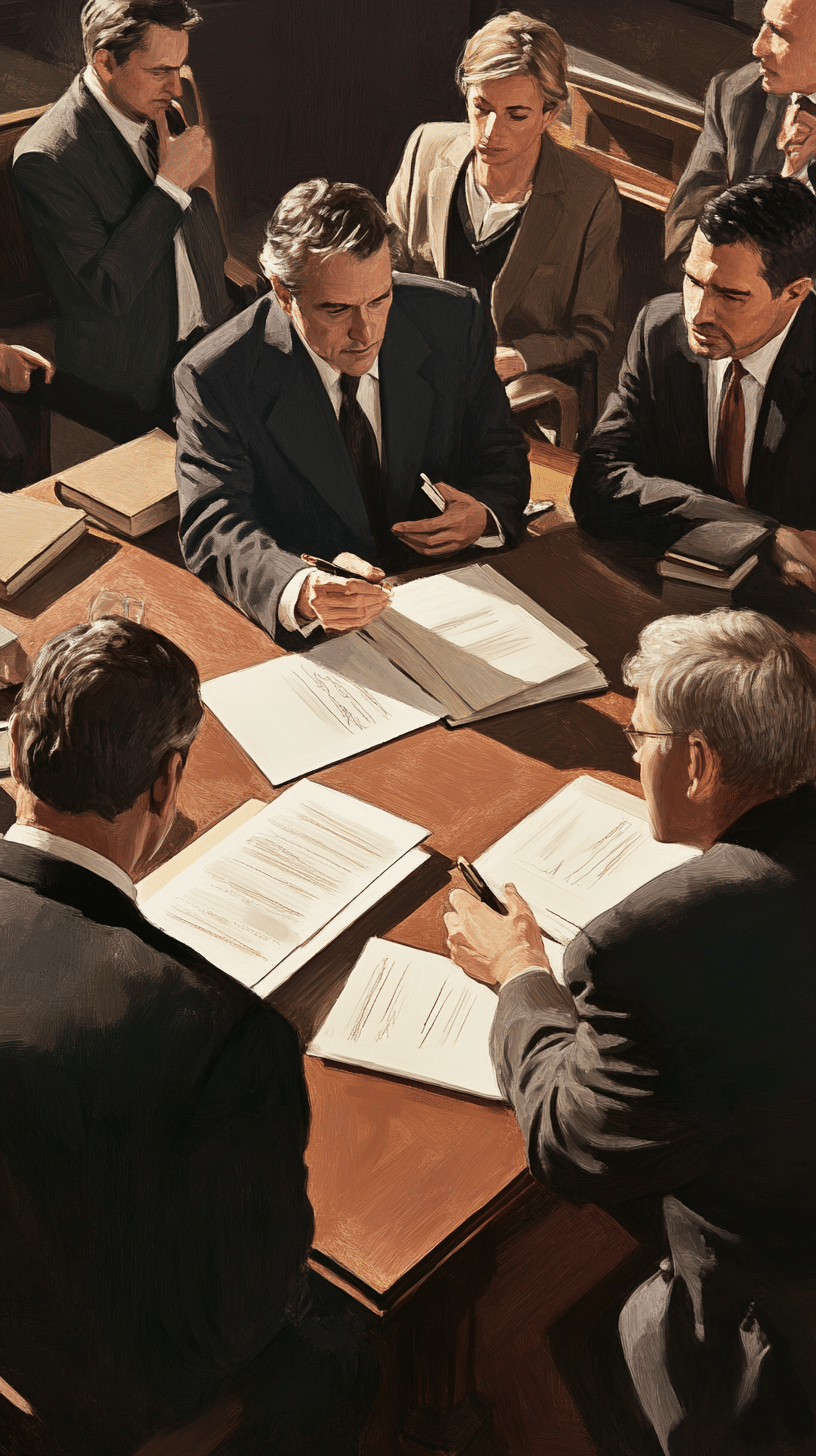Doran v McNulty, 2013 NY Slip Op 04572 (2d Dept. 2013)
“At the damages trial the plaintiff testified that she had experienced, and been treated for, pain in her lower back since she was 16 years old, but the pain had become more intense and constant after the accident.”
[EXPERT #1] The plaintiff’s expert testified that the fall had aggravated the plaintiff’s preexisting condition.
[EXPERT #2] For the defense, a radiologist who reviewed the MRI films of the plaintiff’s back taken after the accident testified that the plaintiff’s condition could not have been caused by an acute event such as a fall, and was instead the result of the plaintiff’s preexisting degenerative disc disease.
[EXPERT #3] An orthopedic surgeon called by the defendants testified that the accident aggravated the preexisting degenerative changes in the plaintiff’s back, but that the plaintiff had “no radicular symptoms” as a result of the accident. The jury awarded the plaintiff no damages.”
…
Here, a fair interpretation of the evidence supported the jury’s determination (see Verizon N.Y., Inc. v Orange & Rockland Utils., Inc., 100 AD3d 983; Piazza v Corporate Bldrs. Group, Inc., 73 AD3d at 1006-1007; Salony v Mastellone, 72 AD3d at 1061). While the plaintiff correctly notes that the orthopedic surgeon called by the defendants testified that the subject accident aggravated the preexisting degenerative changes in the plaintiff’s back, in light of the conflicting expert testimony at trial, the jury could accept or reject the testimony of a particular expert”
Does this make sense? My vote is no. Furthermore, this is not a threshold case. Plaintiff should be awarded something.












